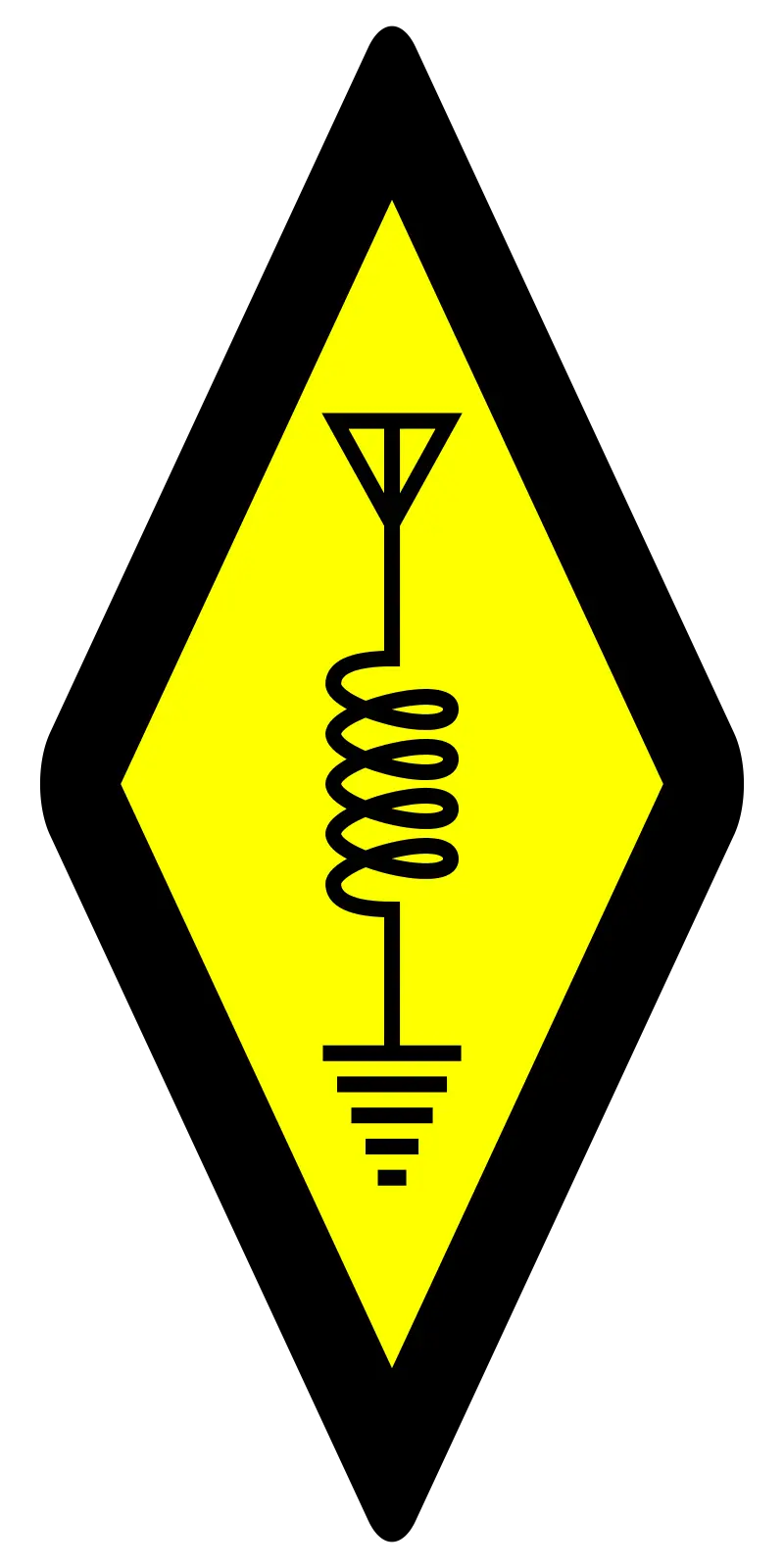Flagship Nvidia is around $10k. Easy to spend at least another $5k on the rest of the computer+setup (monitors, peripherasls…).
- 1 Post
- 994 Comments

 8·18 小时前
8·18 小时前Alt text from memory: #4: Boston
Edit: it’s actually Prank #11: Boston. I was close.

 81·3 天前
81·3 天前There’s a joke about whitespace here somewhere, I just know it.
xscreensaver of course! Note that this is not an option on Windows—jwz hates Microsoft, and any xscreensaver port to Windows is against his wishes.
I use yabai and sketchybar for a tiling WM feel. It’s nowhere as nice as my preferred i3, but it’s ok. Unfortunately it often breaks with major OS updates, so I’m sure to hold back updating my system until yabai is working.
IIRC
sshfswill work on macOS but it’s more work to install. Worth it if allowed by your IT policies and your work can benefit from it.Vim, tmux, and the usual *NIX stuff you might want.
The coreutils are not the GNU coreutils you typically find on a Linux system, so you may find a few differences. I believe
sedis slightly different, and the flags forlsmust be before the filename arguments, but I’ve found it’s mostly silly stuff like that (I used zsh before using macOS, so no problem there).
Regarding DNS servers, what router do you have? Some routers have simple enough DNS capabilities — I have a MikroTik, and have it set up with DNS entries for internal services (including wildcard). Publicly accessible services just use my registrar’s DNS (namecheap — no complaints).
Oracle Free tier, amd64. Only use it because it’s free—limited bandwidth, but given I have slow upload at home it’s never really been a bottleneck. Hate to admit it given it’s Oracle, but I’ve been completely happy with it.
If I switch to a paid VPS I will probably go with racknerd (suggestions welcome though if you have thoughts).
Especially after adding in all the power draw of the automation requires…
What exactly is the incremental power draw for automation? My network gear and server (a little nuc) are sunk power costs as I self host other services.
Idling, my home uses around 100W with the fridge off. One 10W light is an additional 10% of my power budget, and I have a lot more than one light in my house. I also pay about $0.40/kWh.
I can be a bit neurotic about turning off lights when I leave a room, so Home Assistant was a nice way to free up brain space for me. A few motion sensors here and there + some simple automations, and the lights mostly handle themselves. Zigbee sensors and Zigbee or Matter-over-WiFi bulbs, so everything is local. A free VPS+WireGuard setup means I can access them remotely should I need to, with TailScale as a backup.
Cloud failures mean I can’t access remotely, but local control is unaffected—if my smart devices stop working it’s almost certainly my fault :)
https://health.osu.edu/health/dental-health/metallic-taste-workout
In an otherwise healthy person with no other symptoms, there is no significant medical concern.
You’re thinking of an “educated bed.”

 16·9 天前
16·9 天前Adjusted for inflation, or better yet something like median salary, would probably be more meaningful.
Seems this will preferentially screw folks in low cost of living areas. If you’re in a HCOL/VHCOL area and making ends meet, then a new car is probably affordable. If you’re making ends meet in a LCOL area, then this is likely a huge expense.

 1·9 天前
1·9 天前Matter is also local—provisioning can be a PITA but once done I’ve been pretty happy with even the cheap Matter WiFi smart bulbs. Home Assistant supports them very well.
Cheap bulbs can be a little buggy, which usually means I need to power cycle some of them now and then.

 9·9 天前
9·9 天前My lights and motion sensors were obviously unaffected (HomeAssistant). My Emporia Vue2 power monitor would possibly have stopped working, except I flashed it with ESPHome firmware, so it’s local only, and of course it was fine. My security cameras (Frigate) were also fine.
If my smart home devices are going to stop working, it will almost certainly be my fault, thank you very much!

 3·9 天前
3·9 天前There’s an interesting discussion in the comments about the architecture: https://www.cnx-software.com/2025/10/20/banana-pi-bpi-r4-pro-board-offers-2x-10gbe-sfp-cages-6x-10gbe-2-5gbe-gbe-ports-wifi-7-support/
Sounds like there are bottlenecks, and you can’t run all ports at line speed. User TLS says:
Is it just me, or is the MaxLinear MxL86252C switch connected to one of the 10 Gbps PHYs? The MT7988 only has a single 2.5 Gbps MAC and it’s shared with the second 10 Gbps MAC. It seems like they’re routing a 10 Gbps signal to the MxL86252C, which has two 10 Gbps SerDes interfaces, making the second set of 10 Gbps connected via the switch. This suggests that if the 10 Gbps port is running at full speed, you won’t be able to use the 2.5 Gbps ports.

 7·10 天前
7·10 天前the audio had glitched so I missed the voice over
This was not a triumph.
Why are fruit special though? Leaves and roots are also part of a plant, so why would a tomato not be a vegetable, but lettuce (leaf) and carrot (root) get exemptions?
What exactly is a vegetable, by your definition?
As others point out, vegetable is a culinary term; fruit is a botanical and culinary term.

 1·12 天前
1·12 天前You’re right, for new drives it looks like a little more with this 20GB retailing for $230, or $11.50/TB.
For refurbished, I recently got a factory renewed 12TB Seagate for $112 ($9.33/TB), but that price is now up to $199 for the same drive (!).
D minor…the saddest of all keys.







That’s how I start my refried beans. After pressure cooker add oil (lots…), salt, and a little vinegar. Sauteed onions, cumin, chili powder also good.
I think it’s way better than any vegetarian refried beans that you get in a can. Probably because they have more salt and oil…